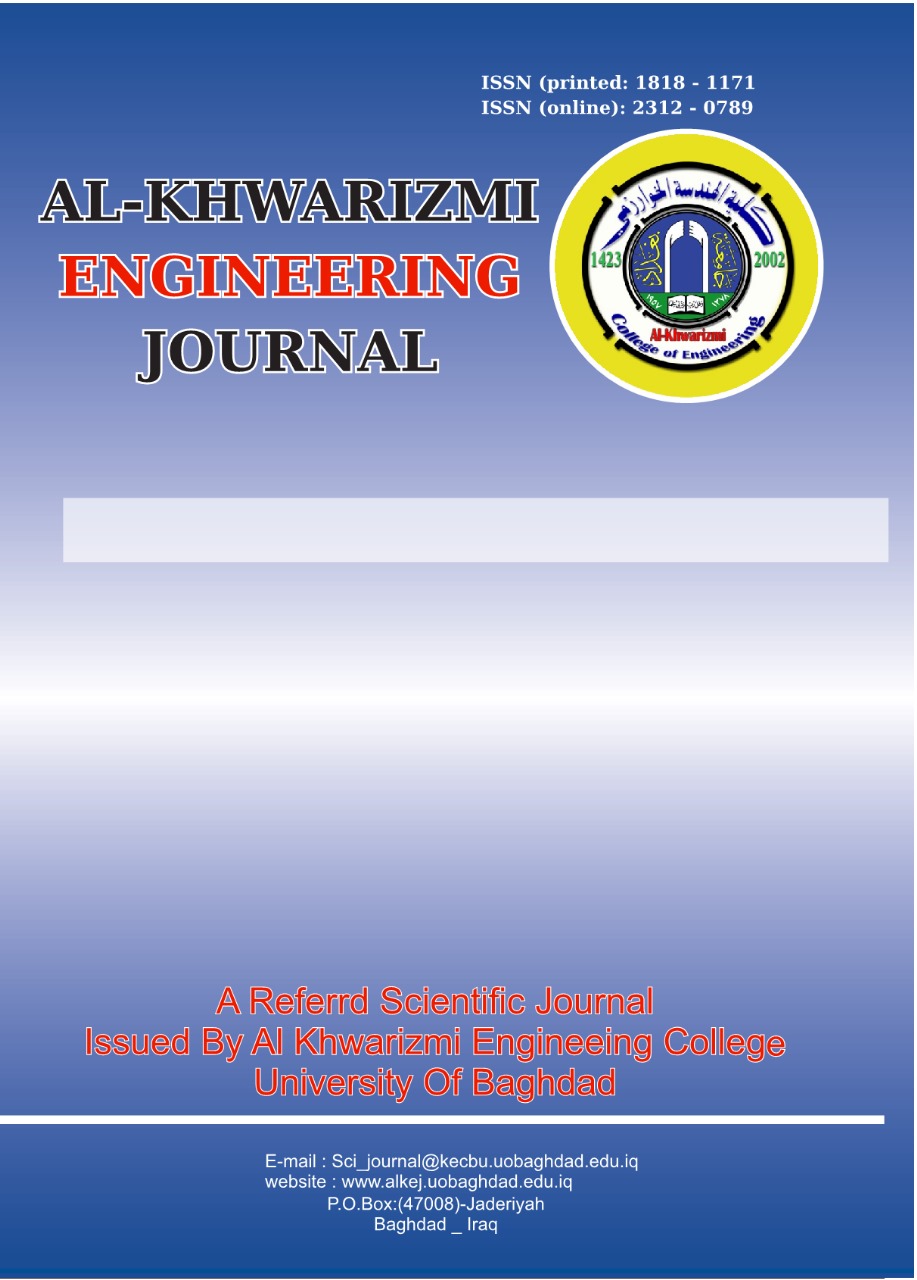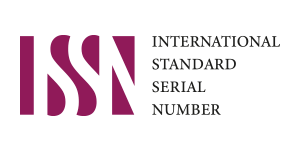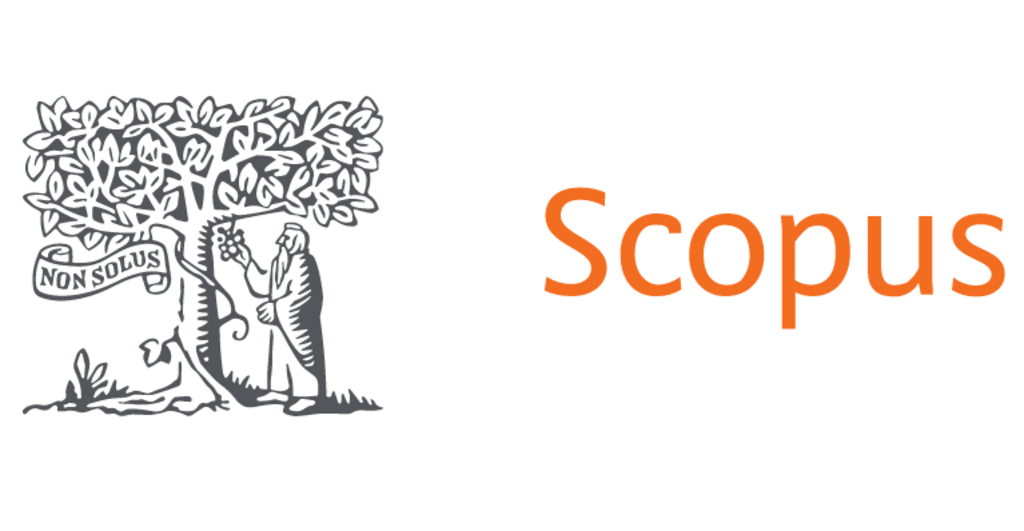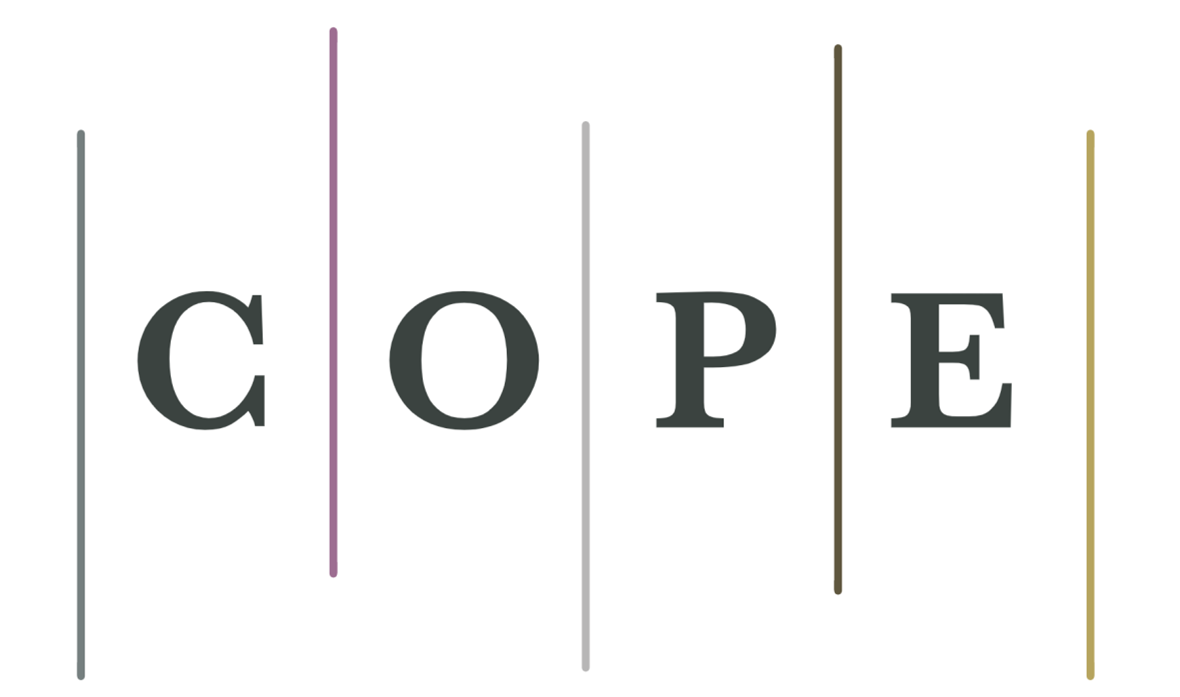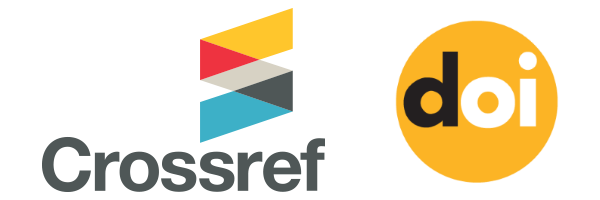Studying the Effect of Rotor’s Coefficients on a Y-shaped Tri-copter
DOI:
https://doi.org/10.22153/kej.2025.12.002Keywords:
PID; genetic algorithm; UAV; thrust-vectoring; feedback-linearisationAbstract
Unmanned aerial vehicles (UAVs) are small yet highly capable aircraft widely used in many applications. UAV designs and shapes vary depending on their intended usage. Tri-copters, known for their agility, have three propellers. However, one of their main challenges is yawing, which occurs when the UAV rotates around its z-axis (yaw angle). This yawing issue is a result of the asymmetry in the number of propellers. Unlike quadcopters, which have an even number of propellers, the aerodynamic drag torque produced by the tri-copter’s propellers’ does not cancel out. In this paper, a Y-shaped tri-copter model is tested, modified and compared to address the yawing problem. Aiming to mitigate yawing, two propellers are set to rotate clockwise, whilst the third propeller rotates clockwise. In the first configuration, the force coefficient is set equally for all propellers. In the second configuration, the force coefficient of the counter-clockwise rotating propeller is doubled. The UAV model is controlled by six PIDs associated with feedback linearisation for both configurations—three PIDs for attitude control and three for altitude control. The PIDs are tuned using a genetic algorithm, and the system is simulated in MATLAB Simulink. The proposed configuration demonstrates lower integral time absolute error (ITAE) values, indicating improved UAV performance. The average ITAE values for the Y-shaped model are 0.1553 for the first case and 0.1017 for the second case. The second case shows remarkable tracking in the desired output, with no violation of design limitations (servo angles and motor speeds).
Downloads
References
[1] M. H. Sabour, P. Jafary, and S. Nematiyan, “Applications and classifications of unmanned aerial vehicles: A literature review with focus on multi-rotors,” The Aeronautical Journal, vol. 127, no. 1309, pp. 466–490, 2023,
doi: 10.1017/aer.2022.75.
[2] Y. Qin, N. Chen, Y. Cai, W. Xu, and F. Zhang, “Gemini II: Design, Modeling, and Control of a Compact Yet Efficient Servoless Bi-copter,” IEEE/ASME Transactions on Mechatronics, vol. 27, no. 6, pp. 4304–4315, Dec. 2022,
doi: 10.1109/TMECH.2022.3153587.
[3] Q. Zhang, Z. Liu, J. Zhao, and S. Zhang, “Modeling and attitude control of Bi-copter,” AUS 2016 - 2016 IEEE/CSAA International Conference on Aircraft Utility Systems, pp. 172–176, Nov. 2016, doi: 10.1109/AUS.2016.7748042.
[4] K. Fufa Advisor, P. Alluvada Co-Advisor, and A. Thetlar, “Design controller stability of bi-copter unmanned aerial vehicle at hovering position,” 2019, Accessed: Jun. 04, 2024. [Online]. Available: https://repository.ju.edu.et//handle/123456789/5535
[5] Ø. Magnussen and K. E. Skjønhaug, “Modeling, design and experimental study for a quadcopter system construction,” 95, [10], 2011, Accessed: Jun. 04, 2024. [Online]. Available: https://uia.brage.unit.no/uia-xmlui/handle/11250/136686
[6] M. Nigro, F. Pierri, and F. Caccavale, “Preliminary design, modeling and control of a fully actuated quadrotor UAV,” in 2019 International Conference on Unmanned Aircraft Systems (ICUAS), IEEE, Jun. 2019, pp. 1108–1116.
doi: 10.1109/ICUAS.2019.8798092.
[7] M. Ryll, H. H. Bülthoff, and P. R. Giordano, “A novel overactuated quadrotor unmanned aerial vehicle: Modeling, control, and experimental validation,” IEEE Transactions on Control Systems Technology, vol. 23, no. 2, pp. 540–556, Mar. 2015.
doi: 10.1109/TCST.2014.2330999.
[8] P. Beigi, M. S. Rajabi, and S. Aghakhani, “An Overview of Drone Energy Consumption Factors and Models,” Handbook of Smart Energy Systems, pp. 529–548, 2023.
doi: 10.1007/978-3-030-97940-9_200.
[9] S. Salazar-Cruz, R. Lozano, and J. Escareño, “Stabilization and nonlinear control for a novel trirotor mini-aircraft,” Control Eng Pract, vol. 17, no. 8, pp. 886–894, 2009
https://doi.org/10.1016/j.conengprac.2009.02.013.
[10] R. Siswoyo Jo, A. E. G. Tan, M. Tee Kit Tsun, and H. Siswoyo Jo, “Design and Modeling of Actuation System of Unmanned Tricopter with Thrust-Vectoring Front Tilt Rotors for Sustainable Flying,” Lecture Notes in Mechanical Engineering, pp. 45–55, 2020.
doi: 10.1007/978-981-15-4756-0_5.
[11] A. D. H. Arroyo, A. S. Morais, G. V. Lima, and L. Ribeiro, “Modeling and Simulation of a Novel Tilt-Wing-Coaxial-Rotor Tricopter,” Simpósio Brasileiro de Automação Inteligente - SBAI, vol. 1, no. 1, Oct. 2021.
doi: 10.20906/SBAI.V1I1.2627.
[12] B. H. Sababha, H. M. Al Zu’, N. A. bi, and O. A. Rawashdeh, “A rotor-tilt-free tricopter UAV: design, modelling, and stability control,” International Journal of Mechatronics and Automation, vol. 5, no. 2/3, p. 107, 2015.
doi: 10.1504/IJMA.2015.075956.
[13] S. M. M. Rahman, M. Mashud, and M. Assad-Uz-Zaman, “Design and implementation of a Y-copter: Aerobatic version,” AIP Conf Proc, vol. 1851, no. 1, Jun. 2017.
doi: 10.1063/1.4984718/885537.
[14] M. S. Atif, Z. Haider, M. M. Zohaib, and M. A. Raza, “Embedded and Control Systems Design and Implementation of T-Shaped Tilt-Rotor Tri-copter,” 2021 7th International Conference on Control Science and Systems Engineering, ICCSSE 2021, pp. 78–82, Jul. 2021.
doi: 10.1109/ICCSSE52761.2021.9545147.
[15] A. W. Summers, “Modeling and Control of a Fixed Wing Tilt-Rotor Tri-Copter,” 2017, Accessed: May 03, 2024. [Online]. Available: https://digital.lib.washington.edu:443/researchworks/handle/1773/39911
[16] M. Umer, S. M. A. Kazmi, S. M. H. Askari, and I. A. Rana, “Design and Modeling of VTOL Tri Tilt-rotor Aircraft,” 2018 15th International Conference on Smart Cities: Improving Quality of Life Using ICT and IoT, HONET-ICT 2018, pp. 127–131, Nov. 2018.
doi: 10.1109/HONET.2018.8551474.
[17] A. Houari, I. Bachir, D. K. Mohame, and M. K. Mohamed, “PID vs LQR controller for tilt rotor airplane,” International Journal of Electrical and Computer Engineering (IJECE), vol. 10, no. 6, p. 6309, Dec. 2020.
doi: 10.11591/ijece.v10i6.pp6309-6318.
[18] M. K. Mohamed and A. Lanzon, “Design and control of novel tri-rotor UAV,” in Proceedings of the 2012 UKACC International Conference on Control, CONTROL 2012, 2012, pp. 304–309.
doi: 10.1109/CONTROL.2012.6334647.
[19] A. Cadena, R. Ponguillo, and D. Ochoa, “Development of Guidance, Navigation and Control System Using FPGA Technology for an UAV Tricopter,” Lecture Notes in Mechanical Engineering, pp. 363–375, 2017.
doi: 10.1007/978-3-319-33581-0_28.
[20] Y. Li, K. H. Ang, and G. C. Y. Chong, “PID Control System Analysis and Design: Problems, Remedies, and Future Directions,” IEEE Control Syst, vol. 26, no. 1, pp. 32–41, 2006.
doi: 10.1109/MCS.2006.1580152.
[21] S. J. Raheema and M. H. Saleh, “An Experimental Research on Design and Development Diversified Controllers for Tri-copter Stability Comparison,” IOP Conf Ser Mater Sci Eng, vol. 1105, no. 1, p. 012019, Jun. 2021, doi: 10.1088/1757-899X/1105/1/012019.
[22] “Modelling, Control and Construction of Tricopter Unmanned Aerial Vehicles — Research Explorer the University of Manchester.” Accessed: May 07, 2024. [Online]. Available: https://research.manchester.ac.uk/en/studentTheses/modelling-control-and-construction-of-tricopter-unmanned-aerial-v
[23] M. K. Mohamed and A. Lanzon, “Design and control of novel tri-rotor UAV,” in Proceedings of the 2012 UKACC International Conference on Control, CONTROL 2012, 2012, pp. 304–309. doi: 10.1109/CONTROL.2012.6334647.
[24] A. Alkamachi and E. Ercelebi, “MODELLING AND CONTROL OF H-SHAPED RACING QUADCOPTER WITH TILTING PROPELLERS,” Facta Universitatis, Series: Mechanical Engineering, vol. 15, no. 2, pp. 201–215, Aug. 2017, doi: 10.22190/FUME170203005A.
[25] A. K. J., “PID Controllers: Theory, Design, and Tuning,” The International Society of Measurement and Control, 1995, doi: 10.11499/SICEJL1962.40.679.
[26] B. H. Sumida, A. I. Houston, J. M. McNamara, and W. D. Hamilton, “Genetic algorithms and evolution,” J Theor Biol, vol. 147, no. 1, pp. 59–84, Nov. 1990, doi: 10.1016/S0022-5193(05)80252-8.
[27] A. H. Yousif Yacoub, S. Buyamin, and N. Abdul Wahab, “Integral Time Absolute Error Minimization For Pi Controller On Coupled–Tank Liquid Level Control System Based On Stochastic Search Echniques,” J Teknol, Mar. 2012, doi: 10.11113/jt.v54.823.
[28] A. Hassanat, K. Almohammadi, E. Alkafaween, E. Abunawas, A. Hammouri, and V. B. S. Prasath, “Choosing Mutation and Crossover Ratios for Genetic Algorithms—A Review with a New Dynamic Approach,” Information, vol. 10, no. 12, p. 390, Dec. 2019, doi: 10.3390/info10120390.
Downloads
Published
Issue
Section
License
Copyright (c) 2025 Al-Khwarizmi Engineering Journal

This work is licensed under a Creative Commons Attribution 4.0 International License.
Copyright: Open Access authors retain the copyrights of their papers, and all open access articles are distributed under the terms of the Creative Commons Attribution License, which permits unrestricted use, distribution, and reproduction in any medium, provided that the original work is properly cited. The use of general descriptive names, trade names, trademarks, and so forth in this publication, even if not specifically identified, does not imply that these names are not protected by the relevant laws and regulations. While the advice and information in this journal are believed to be true and accurate on the date of its going to press, neither the authors, the editors, nor the publisher can accept any legal responsibility for any errors or omissions that may be made. The publisher makes no warranty, express or implied, with respect to the material contained herein.

